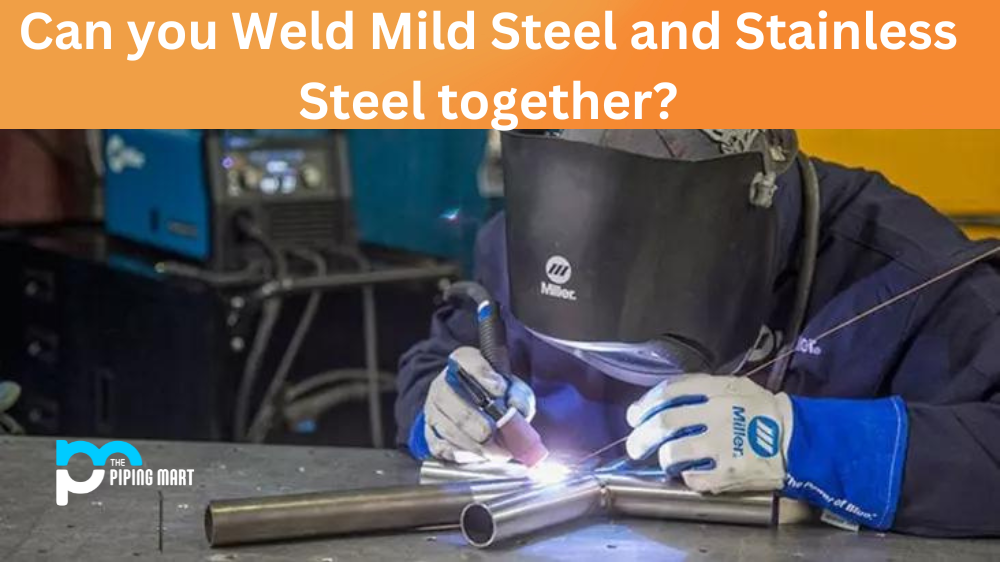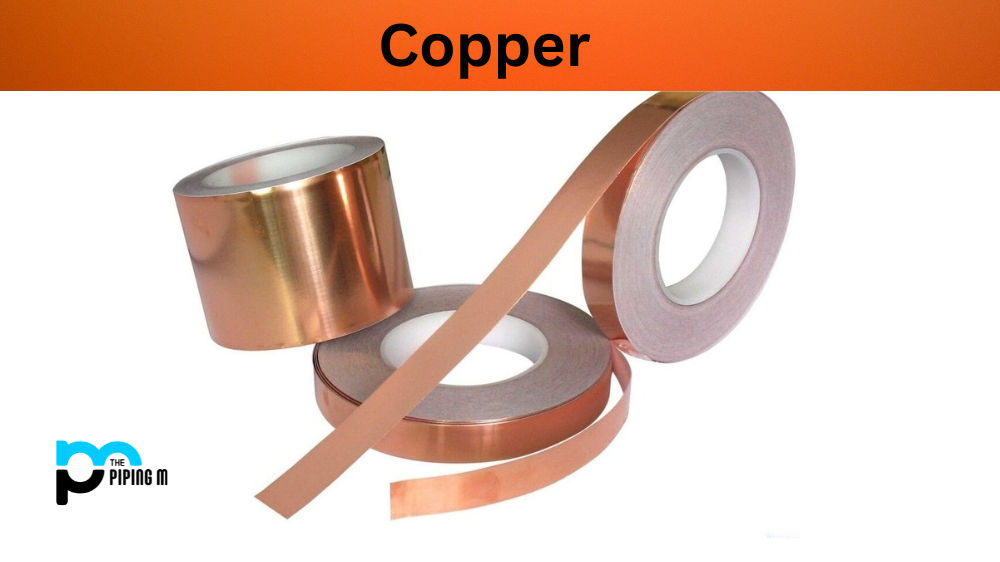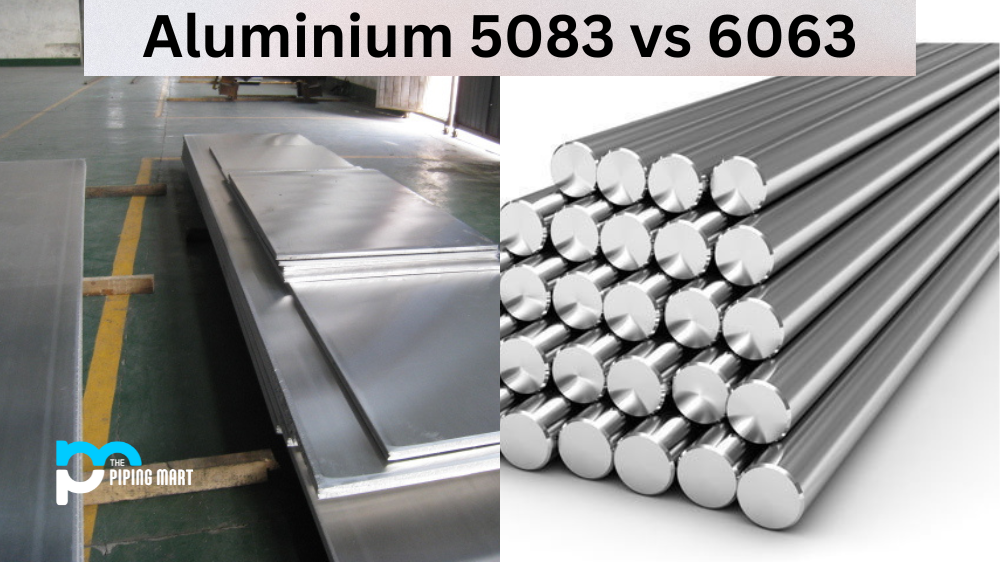Welding is a critical part of many industrial and commercial activities. It involves joining two pieces of metal together with heat, pressure, or both. But what happens when you need to join mild steel and stainless steel together? Can they be welded together, or do they require different methods? Let’s take a look!
Basics of Welding Mild Steel and Stainless Steel Together
Welding mild steel and stainless steel together is possible but not easy. The main issue is that the two metals react differently to the temperatures involved in welding processes. When welding mild steel, the heat created by the arc melts both parts and then bonds them together as they cool. With stainless steel, however, this process isn’t so simple. As the stainless steel heats up during welding, chromium oxide forms on its surface, which prevents it from forming an effective bond with mild steel. To combat this issue, several techniques have been developed that can be used to effectively weld the two metals together.
Using Filler Metal for Welding Mild Steel and Stainless Steel
One method for welding mild steel and stainless steel together is by using filler metal. Filler metal helps increase the strength of a weld joint between two materials as well as increase corrosion resistance. Many types of filler metals are available on the market today, including those specifically designed for welding stainless steel to mild steel. These filler metals are made with a high percentage of chromium content that helps prevent oxidation while still providing adequate strength for most applications. Additionally, these special alloys also help reduce warping caused by differential cooling rates between different types of metals during the welding process.
Using Shielding Gas When Welding Mild Steel and Stainless Steel
Another method for welding mild steel and stainless steel is through the use of shielding gas. Shielding gas helps protect the weld area from contamination caused by oxygen present in the air when welding at higher temperatures. This helps improve weld quality while reducing oxidation that can occur when using flux-cored wire electrodes for arc welding processes such as MIG (Metal Inert Gas)or TIG (Tungsten Inert Gas). Additionally, shielding gases can also help reduce spatter during welding operations which makes them ideal for more precise applications such as pipe fabrication, where cleanliness is essential.
Conclusion:
When done properly, it is possible to successfully weld mild steel and stainless steel together without compromising structural integrity or introducing contaminants into your finished product. The key is understanding what techniques are best suited for each application, so you get a good quality weld with minimal effort or risk of failure down the line due to poor craftsmanship or improper technique selection when joining two dissimilar materials like these two metals used in many industries today! For professional advice on how to best approach your specific project involving these materials, contact Metric Marketing Company today! We specialize in industrial fabrication services, including custom fabrication solutions tailored to your exact specifications! Get started now!

Meet Bhavesh, a seasoned blogger with a wealth of knowledge and experience. From metal products manufacturing to retail, Bhavesh has a diverse background in various industries and is dedicated to sharing his insights and expertise with readers.




